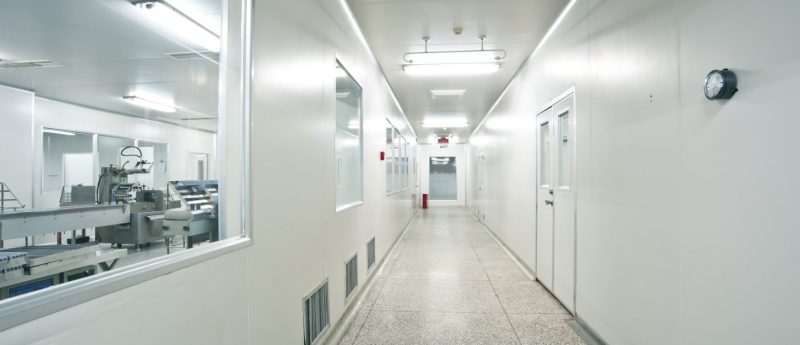‘Standard’ production platforms can provide viral vector variance

A study of vector manufacturing approaches has demonstrated that all lead to both chemical and functional differences in the finished products.
Viral vector availability is often cited as a key bottle neck in the commercial manufacture of cell and gene therapies. As such, improving and scaling up or out of vector manufacture is a priority. However, analysis of vectors produced by two of the most common current methods has found that each method produces vector lots with chemical and functional differences, which could have an impact on safety.
In the research, presented at the American Society of Gene & Cell Therapy Annual Meeting (29 April—May 2, Washington, DC, USA), scientists from Stanford University, University of California San Francisco Chan Zuckerberg Biohub (all CA, USA) and the University of Iowa (IA, USA) studied vectors produced via live baculovirus infection of insect cells and transiently transfected human cell systems. The vectors, and their differences, were characterized using a range of techniques including high resolution mass spectrometry, isoelectric focusing and subsequent SDS PAGE in combination with enzymatic modification removal, and transmission electron cryo-microscopy.
After characterization, a number of variations were found: post-translational modification (PTM) of the produced vectors was found to be possible, with the exact PTMs varying between system species. However, the system species was not found to affect the package genome sequence. Finally, human-produced vectors were found to be potent both in vitro and in vivo.
“These differences have implications for capsid folding, viral replication, receptor binding, intracellular trafficking, expression kinetics, stability, half-life regulation, and immunogenicity. Additional biochemical and mechanistic investigations are needed to understand the impact of these differences on rAAV function and safety,” the authors concluded in the meeting abstract.
Source: Rumachik N, Malaker S, Poweleit N et al. Methods Matter: Standard Production Platforms for Recombinant AAV Produce Chemically and Functionally Distinct Vectors. Presented at: American Society of Gene & Cell Therapy Annual Meeting. Washington, DC, USA. 2019